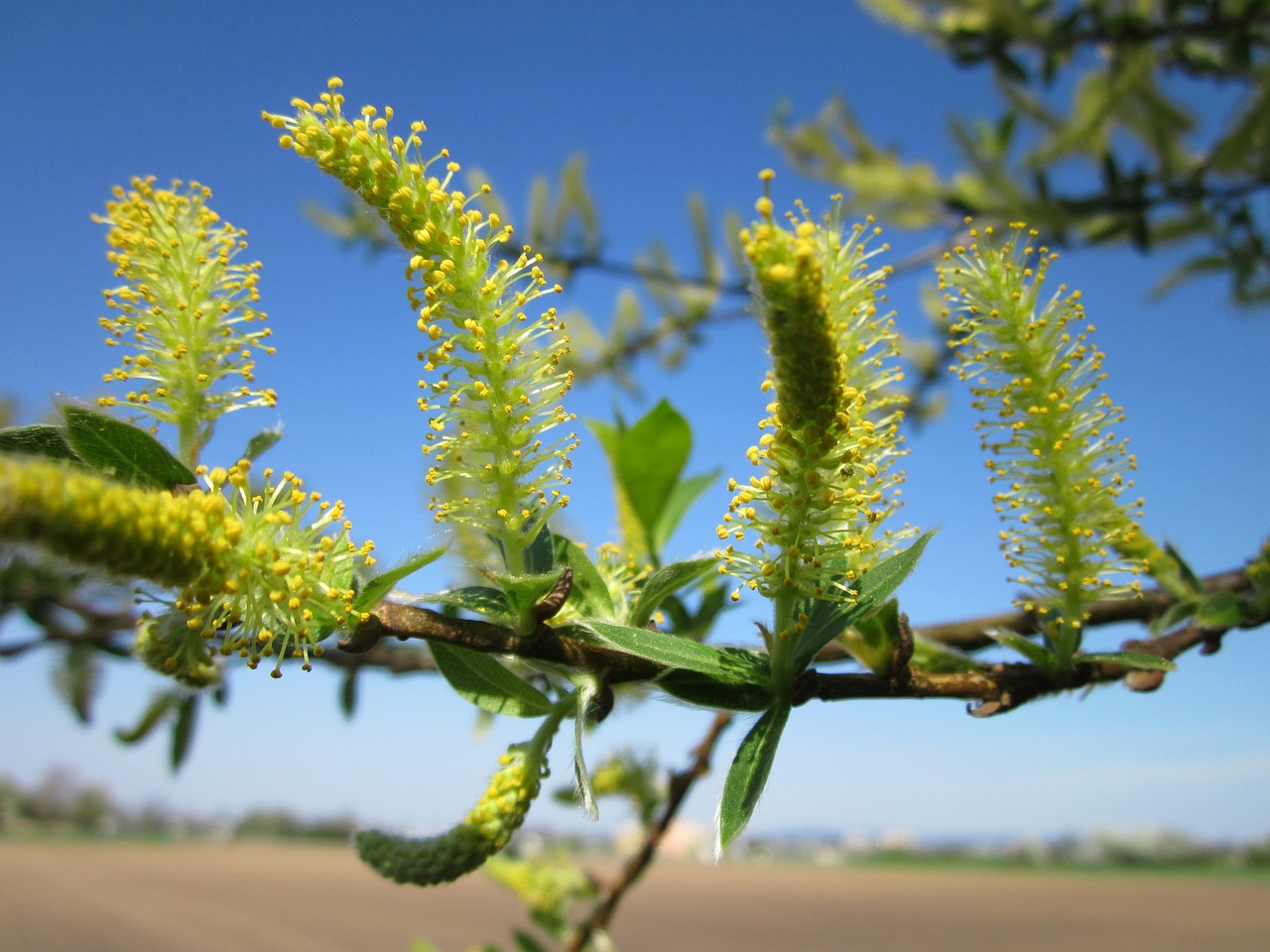What is White Willow Bark?

Other Names: Salix alba, white willow, willow bark
White willow bark is a tree native to Europe and Asia. The name “white willow” comes from the color of the leaves, which are covered with fine white hairs.
The use of white willow bark medicinally goes far back. Ancient Egyptians used white willow for inflammation. The Greek physician Hippocrates wrote about white willow’s medicinal uses in 5th century B.C.
In 1829, scientists in Europe identified what was believed to be the active ingredient in white willow bark—a compound called salicin. Public demand grew rapidly.
Extracting salicin from herbs was considered to be expensive and time-consuming, so a synthetic salicylic acid version was developed in Germany in 1852 and quickly became the treatment of choice (salicin is converted in the body to salicylic acid).
The problem was that it was harder on the stomach. At therapeutic doses, people using the synthetic salicyclic acid developed stomach ulcers and bleeding.
The German company Bayer eventually created a synthetic, less harsh derivative of salicylic acid, called acetylsalicylic acid (ASA), and mass-produced it under the name aspirin. Despite this, aspirin is still known for irritating the stomach lining.
Why Do People use White Willow Bark?
White willow bark is used for conditions that cause pain, inflammation, or fever, such as:
- Acute back pain
- Fever
- Flu
- Joint pain
- Osteoarthritis
- Pain
People take white willow bark instead of aspirin because it does not appear to be as irritating to the stomach lining. It may be because the salicin found naturally in white willow bark is only converted to the acid form after it is absorbed by the stomach.
Researchers have also suggested that white willow bark is more effective than aspirin because of other active compounds that are found in the bark but not the drug. Animal research at Cairo University compared a willow bark extract to ASA and found that a willow bark extract was as effective as aspirin in reducing inflammation, even though the salicin content was lower than an equivalent dose of ASA.
What Research has Been Done on White Willow Bark?
- In a German study, the effectiveness of a willow bark extract providing 240 mg of salicin a day was compared to placebo in a 2-week randomized controlled trial in 78 people with osteoarthritis. After two weeks, the willow bark patients’ pain scores were reduced by 14% compared to the placebo group, which had a 2% increase in pain scores.
- A randomized controlled trial published in the American Journal of Medicine examined the use of 120 mg or 240 mg salicin or placebo in 210 patients with an low back pain. In the fourth and final week of the study, 39% of the group taking 240 mg salicin were pain-free for at least 5 days, compared to 21% in the 120 mg group and only 6% in the placebo group.
- Two randomized controlled 6-week trials investigated the effectiveness and safety of willow bark in 127 patients with hip and/or knee osteoarthritis and 26 patients with rheumatoid arthritis. In the osteoarthritis trial, patients received either willow bark providing 240 mg of salicin a day, 100 mg a day of the drug diclofenac, or a placebo. Patients in the rheumatoid arthritis trial received either willow bark or a placebo. The results found that the drug diclofenac was more effective than placebo in osteoarthritis patients but white willow bark was not. In rheumatoid arthritis patients, willow bark wasn’t found to be more effective than placebo.
Common Doses
Studies have used white willow bark extracts that provide 120 mg to 240 mg of salicin per day.
Safety
Because white willow bark contains salicylates, the same precautions as aspirin should be taken until research has shown otherwise. The following people should not take white willow bark:
- People with an aspirin allergy or sensitivity. There has been a published report of a 25 year old woman who was admitted to emergency with anaphylaxis after taking 2 capsules of a weight loss supplement that contained willow bark. The patient had a history of allergy to acetylsalicylic acid. No other possible causes for anaphylaxis were identified in that patient.
- People with peptic ulcer disease or kidney disease.
- The herbs ginkgo, vitamin E, and garlic may increase the risk of bleeding if combined with white willow.
- People with hyperuricemia, gout, and asthma.
- Children and teenagers, especially with flu-like symptoms, chicken pox, or Reye’s syndrome.
- Pregnant or nursing women.
White willow bark should be avoided two weeks before or after surgery.
Side Effects
There have been few reported side effects. However, the same side effects as aspirin may theoretically occur, especially at higher doses: ringing in the ears, ulcers, stomach burning, pain, cramping, nausea, gastrointestinal bleeding and liver toxicity, rash, dizziness, and kidney impairment.
The Author:
Chris Randon is a nutritionist specialized in human health, and is based in Los Angeles, Carlifornia.
Photo. Wikimedia Images








